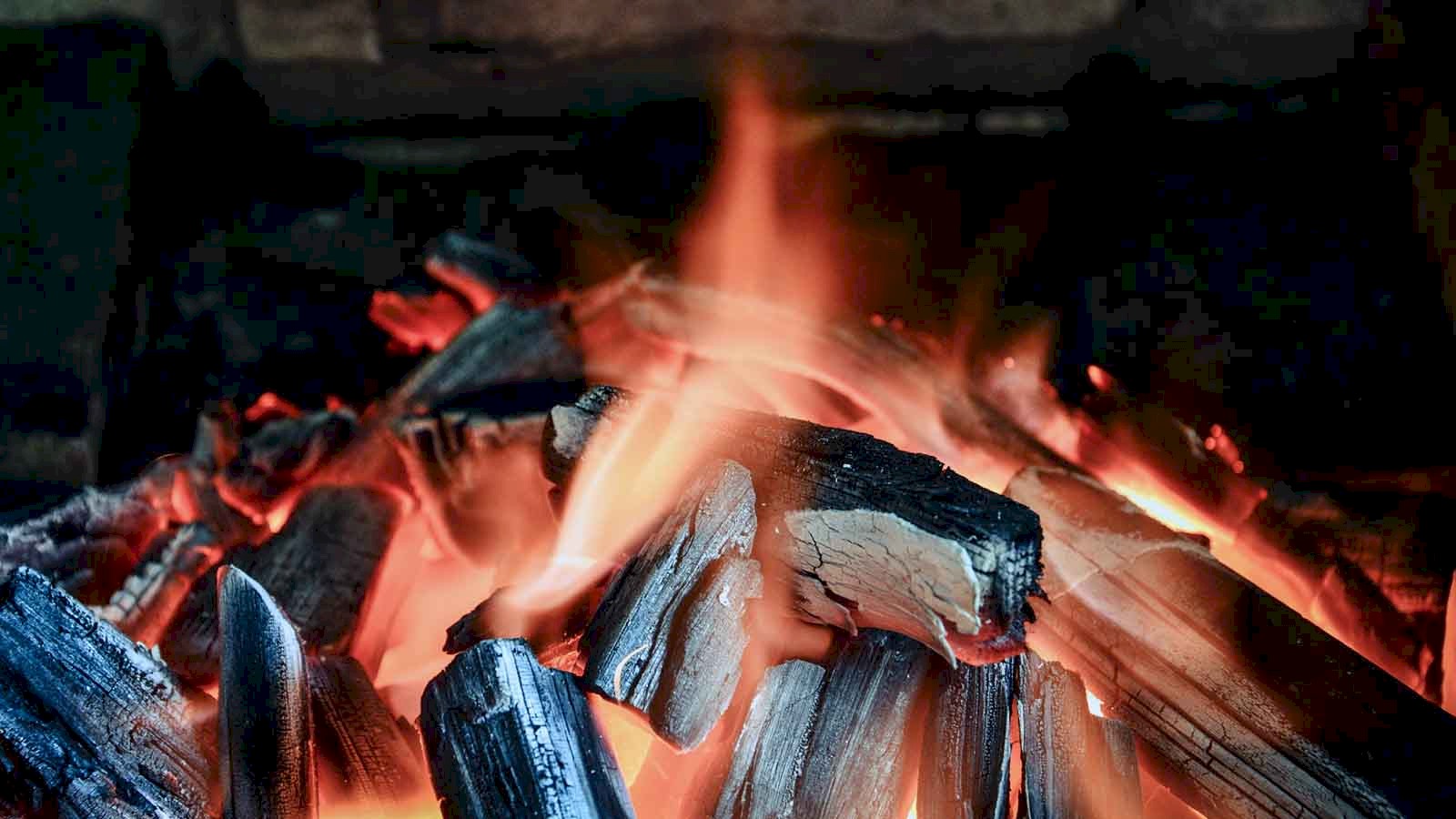Keeping warm when out and about is a fundamental skill and one most people will hone to a T over the course of their outdoor life. While keeping warm when moving is fairly self explanatory, camping presents an altogether different challenge. So how can you ensure you're warm and snug when out in a tent without the need for a lorry to transport your bed around for you?
Eat!
In simple terms Calories = Warmth. Some of my warmest nights out and about have also been some of my tastiest. The more your body has to work to digest your evening meal, the more warmth it will produce in doing so. I find that meals with added fat (chorizzo sausage, cheese) and oil (pine nuts, fish) provide the most heat, though generally any wholesome meal will do. Forget about the pack of couscous on its own or the microwave rice without substance or indeed the DofE staple diet of pasta and sauce. While all of these can be made into a great meal for keeping fed and keeping warm, on their own they simply don't cut the mustard. Oh - and avoid excessive alcohol if the purpose is to stay warm for the whole night.
Insulate
You can have the warmest sleeping bag in the world, if you have no insulation to protect you from the ground you will soon feel cold. Put simply sleeping bag insulation doesn't work as well as intended when you're lying on it and crushing it. Even the thinnest foam insulation mat will make a difference, but if you are looking for real comfort and warmth it is well worth spending some money in this area. My personal favourite is the Exped series of sleeping mats and the Exped SynMat UL 7 M has yet to let me down in terms of weight, comfort, pack size and warmth. Don't be fooled though - these "camping airbeds" are not the traditional airbeds with just a layer of air in them. They are specifically designed to insulate AND provide comfort. Your standard cheap airbed will do the latter, but fail on the former making you sleep on a layer of cold air that does little to insulate you.
Strip down
It may seem counterintuitive, but from personal experience I feel warmest with as few layers as possible in my sleeping bag. Logically the sleeping bag is designed to keep your body warmth inside while transporting moisture to the outside. While admittedly I have also slept in a sleeping bag wearing full thermals before I would argue the bag was a result of grossly underestimating the temperature range encountered. In short then if you constantly need to wear your entire set of layers in your sleeping bag you may need to invest in a better bag. Else you may find yourself in a situation where you run out of layers and options to keep warm.
Another thing I see many amateur campers do is to leave their sleeping bags open at the start of the night - great for keeping the heat out and drifting off to sleep - not so great when you wake up shivering a few hours later and lost all your body heat to the air around you. Once your sleeping bag and body is cold they are going to stay that way unless you start actively raising your body temperature again.
Downsize
While having a 6 person tent to yourself is great for entertaining your imaginary friends, it's also a heck of a lot of tent to warm up. Tents are designed to trap warmth inside them, some are even designed to heat up during the day and produce a nice warm inner for the prospective sleeper. Keep your tent closed during the day to accentuate this effect and invest in the right size tent. Ever wondered why tents have seasonal recommendations put on them by the manufacturers? Really all they tell you is how well the tent holds warmth and how well it ventilates.
The same goes for your sleeping bag. While having enough space to swing a cat in your bag is awesome in a scorching summer night, in winter this just creates more "free" air you need to heat up before the insulation of the bag can work its magic. I personally love the expander panel system Snugpak have on some of their bags such as the Softie Elite 3 and its siblings. This allows the user to create some extra space for those warm nights, but keep nice and snug when it's cold outside. Remember that simply opening a bag to ventilate can be detrimental later on - so the panel system can make a massive difference.
Ventilate
It is normal to close up the tent and stop all warmth from escaping when you know the night is going to be cold. Once again though you need to bite a bullet and let some air through. Tents collect moisture on the inside unless they are properly ventilated. That cold breeze brushing over your nose as you're drifting off is steadily taking away the moist air you exhale and sweat into and replaces it with (hopefully) dryer air. Moisture is a killer for warmth, especially in the morning, so plan ahead and "open a window".
As strange as it may seem I tend to feel warmer in a properly ventilated tent that a stuffy and closed up one. But don't think that simply opening every flap will keep you warm - open to many or the wrong ones and all the warmth your tent is holding will simply disappear.
Don't be stupid
If you are heading out in -10°C and expecting to be able to sleep with nothing more than a fleece blanket while wearing a pair of socks you clearly have bigger issues than going camping to deal with first. I have only ever been caught out once by an exceptionally cold night and thankfully was staying on a car based campsite, so my spare sleeping bag came in very handy - shared as a makeshift extra duvet between three of us.
Possibly the most dangerous thing you can do without knowing EXACTLY what you are doing and how to do it safely is to light any form of fire or apply any form of heat source anywhere in or around your tent or shelter. In general terms fire and outdoor fabrics do not mix - that includes tents. So don't be tempted to light your stove inside the tent to heat it up or lift up the groundsheet and light a campfire inside - yes I have seen someone do this. If you don't die in a fire or due to smoke inhalation you might just get carbon monoxide poisoning - also fatal.
In general just be sensible and plan ahead when you're heading out. The lower the temperature the smaller the error margin for your gear experiments and the more you need to actually know what you're doing. The warmer nights do lend themselves to experimentation though and I would wholeheartedly recommend trying your hand at hammock, bivvi and tarp camping - all good fun, but not necessarily viable cold weather options to start with. Until then - happy camping!


Leave a comment